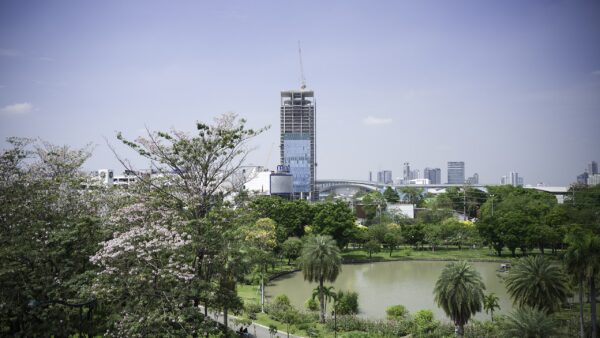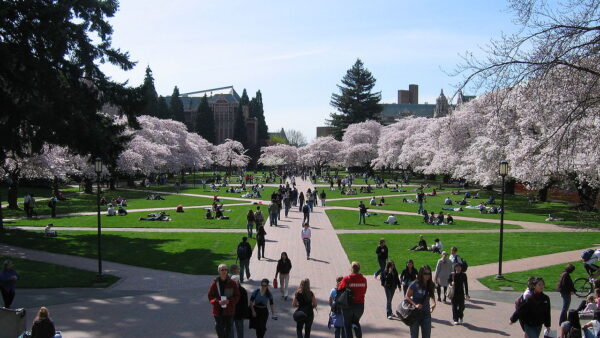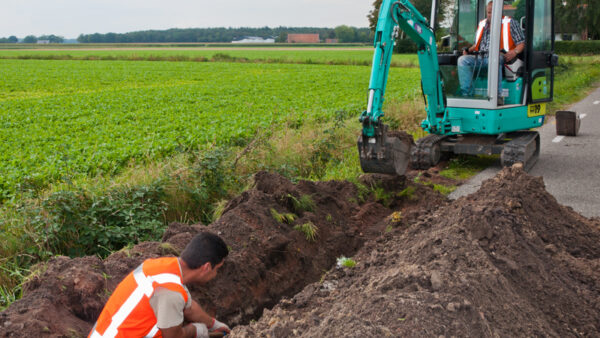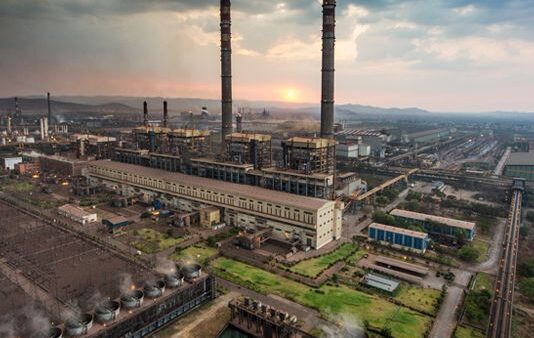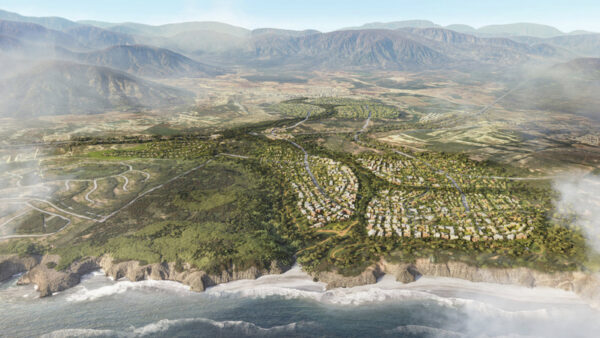Work started last week on an $11bn megaport in Tanzania, funded by China and Oman, which the country’s president said would spark an “industrial revolution” in the east African nation.
The new port at Bagamoyo will dwarf the country’s current main port at Dar es Salaam – approximately 75km to the south on the Indian Ocean coast – which is now operating beyond its capacity.
The construction of the Bagamoyo port and a special economic zone is aimed at realising the government’s goal of bringing about an industrial revolution in Tanzania– Jakaya Kikwete, Tanzanian President
The new port will be able to handle much larger ships than the old port when it is complete in three years, and the longer-term plan sees a new, 1,700ha industrial zone for processing Tanzanian raw materials, serviced by road and rail links.
“The construction of the Bagamoyo port and a special economic zone is aimed at realising the government’s goal of bringing about an industrial revolution in Tanzania,” said President Jakaya Kikwete at a groundbreaking ceremony on 16 October, Reuters reported.
The project is being financed by China Merchants Holdings (International), China’s largest port operator, and Oman’s State General Reserve Fund. The Chinese firm will handle much of the construction work.
Tanzania is East Africa’s second-biggest economy after Kenya, and cargo volumes at the existing Dar es Salaam port are expected to rise as much as 25% this year to 18 million tonnes.
The new port could have a big economic impact on Tanzania and its neighbours.Â
The World Bank says that the stretched port at Dar es Salaam is the gateway for 90% of Tanzania’s trade, and provides vital access to Tanzania’s six landlocked neighbours: Malawi, Zambia, Burundi, Rwanda, Uganda, and Eastern DRC.
In 2012, the bank estimated the total loss resulting from inefficiencies at the old port to have reached $1.8bn for the Tanzanian economy and $830m for neighbouring countries.
Photograph: Stretched beyond capacity, the port of Dar es Salaam in 2013 (Prof.Chen Hualin/Wikimedia Commons)





